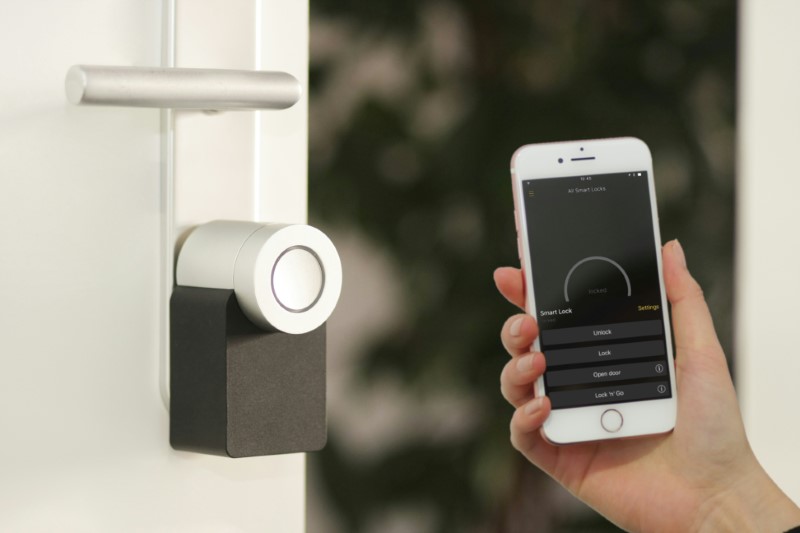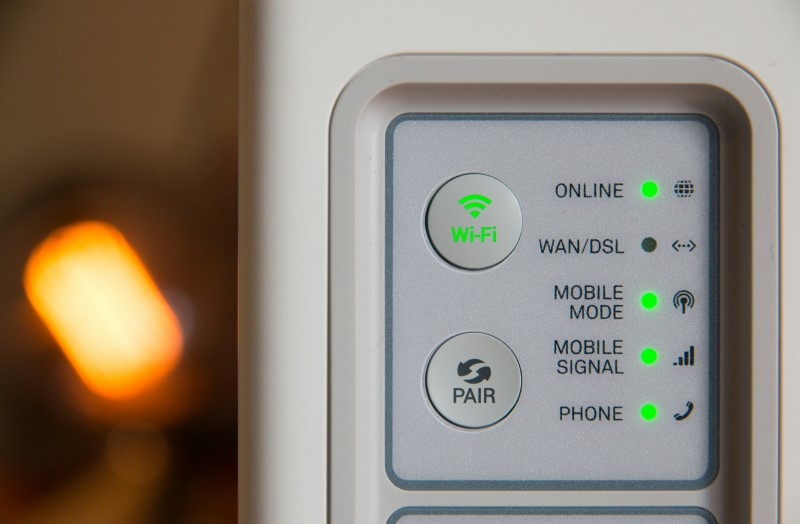Smart homes have revolutionized how we interact with our living spaces, making daily life more convenient and efficient.
With the growing number of connected devices, finding a simple and secure way to manage them is essential.
QR Codes for Smart Home technology offer a streamlined approach to integrating and controlling your smart devices, making it an indispensable tool for both novice and experienced smart homeowners.
The Role of QR Codes in Smart Homes
QR codes are two-dimensional barcodes that can store a significant amount of data. In the context of smart homes, these codes can automate device setup, manage network connections, and provide quick access to device information.
By scanning a smart QR code with your smartphone, you can connect devices to your home network, configure settings, or even troubleshoot issues without manual input.
Simplifying Device Setup with QR Codes
One of the most significant advantages of using QR Codes for Smart Home devices is the ability to simplify the setup process.
When purchasing a new smart device, such as a light bulb, thermostat, or security camera, you often need to go through a multi-step process to connect it to your home network. This usually involves downloading an app, creating an account, and manually entering network credentials.
However, many manufacturers now include a QR code on the product or in the packaging. Scanning this code can automate the entire setup process, instantly connecting the device to your network and linking it to your smart home system.
For instance, Apple's HomeKit platform uses HomeKit QR code generators to create unique QR codes for each device. When setting up a HomeKit-compatible device, scanning the QR code with the Apple Home app automatically adds the device to your HomeKit ecosystem, enabling you to control it with Siri, automate routines, and integrate it with other smart devices in your home.

Applications of QR Codes in Smart Homes
Beyond the basic setup, QR Codes for Smart Home devices can be employed in more advanced ways to enhance your smart home experience. These applications range from personalized automation to security enhancements and even troubleshooting.
Personalized Automation and Control
Imagine a scenario where each room in your house has a QR code that you can scan to activate a specific set of smart devices or scenes.
For example, scanning a QR code in your living room could adjust the lighting, set the thermostat to your preferred temperature, and start playing your favorite music playlist.
This level of customization is possible with the integration of QR codes and smart home systems, providing a more personalized and responsive environment.
Enhancing Security with QR Codes
Security is a critical concern in any smart home, and smart QR codes can play a crucial role in safeguarding your devices.
By using QR codes for secure device pairing, you can ensure that only authorized devices are added to your network.
For example, HomeKit QR code generators create secure, unique codes that must be scanned to pair a new device with your HomeKit system, reducing the risk of unauthorized access.
Additionally, QR codes can be used to store and quickly access important security information, such as Wi-Fi passwords, encryption keys, or access logs. This information can be encrypted within the QR code, adding an extra layer of protection against potential threats.

Troubleshooting and Maintenance
Smart home devices, like any technology, may occasionally require troubleshooting or maintenance. QR codes can be incredibly useful in these situations.
Manufacturers can embed links to user manuals, troubleshooting guides, or firmware updates within a QR code on the device.
Scanning the code provides instant access to these resources, helping you resolve issues quickly and efficiently.
As the smart home industry continues to grow, the applications of QR codes are likely to expand. One emerging trend is the integration of QR codes with augmented reality (AR) and artificial intelligence (AI).
For instance, AR apps could use QR codes to overlay virtual instructions on physical devices, guiding users through complex installations or configurations.
AI could also leverage QR codes to improve device interoperability across different platforms.
For example, scanning a QR code could trigger an AI-driven process that automatically configures a device to work with various smart home ecosystems, such as Google Home, Amazon Alexa, and Apple HomeKit, regardless of the manufacturer.
In short, QR Codes for Smart Home devices offer a practical and efficient way to manage your connected devices, from simplifying setup to enhancing security and enabling advanced automation.
As smart home technology continues to evolve, the use of QR codes will likely become even more integral to creating seamless and intuitive smart home experiences.
To fully leverage the potential of QR codes in your smart home, it's essential to use an online QR code generator.
By doing so, you can ensure that your devices are securely integrated and easily manageable, allowing you to enjoy the full benefits of a smart, connected home.




